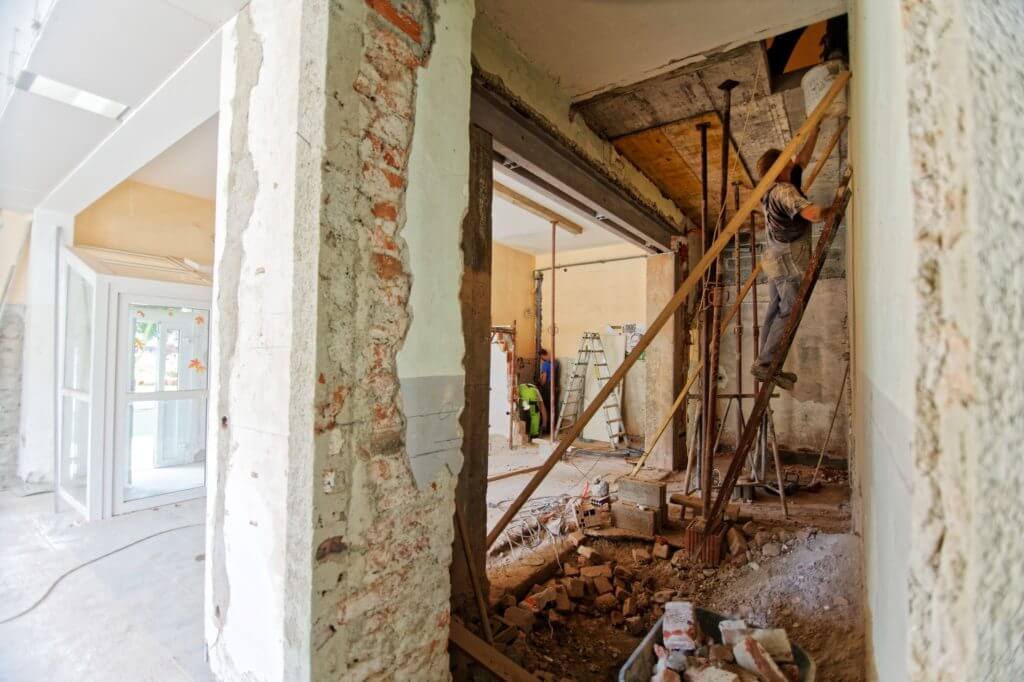If you are living in a home built before the 1980s or older and are planning to sell, you may want to assess the presence of asbestos in your property. Asbestos was once widely used as a primary material in the construction of homes and buildings, but was later discovered to cause multiple types of cancer.

When left undisturbed and intact, asbestos doesn’t pose a threat to your health. The potential risks come when an asbestos-containing material is broken, and the fibers are dispersed into the air you breathe. Asbestos fibers are so small, that they can be easily inhaled and imbedded in the internal organs. Over time, this causes inflammation in the organs that can lead to cancerous tumor growth.

Due to the deadly health implications, the word asbestos has become a red flag for those looking to renovate or buy a property. Those seeking to invest in a “fixer-upper” or are in the business of flipping properties might be especially interested in the existence of asbestos, as fibers would become friable during demolition or the repair process.
When it comes to selling a property, asbestos can have a negative effect on the value of the home. If the owner knows that the carcinogen is present, depending on the state, there are laws that require owners to disclose that information. In this case, sellers can maintain a level of control and hire an abatement expert of their own to give an estimate. Buyers can also hire an inspector or abatement company to look at the property, and would therefore have the power of negotiating a lower price.
In order to remove asbestos from a home or building, it has to be sealed or expunged by an abatement professional. The asbestos abatement process can unfortunately be expensive and there is no do-it-yourself option. On average, the cost of this process can be anywhere from $1,500 to $30,000 depending on the amount and where it is located.
Homeowner’s insurance does not always cover asbestos removal, and the fine print in some policies includes contamination or pollution exclusion. This means that if asbestos falls under the umbrella of a contaminant or pollutant, it would not be covered by the insurance company. These clauses generally exist to protect the insurance company in the case of a hazardous environmental accident.

Insurance is more likely to cover an asbestos repair or removal if an event occurs to your property, like water, wind or fire damage. If this type of incident occurs, you can have the affected areas inspected for asbestos and report the findings to your insurance company. Your insurance will usually not cover asbestos damage in the instance of a renovation or disruption.
Abatement can be an expensive process; however, home and property owners could be liable if exposed asbestos is not taken care of. The hope is that one day, asbestos won’t be as widespread as an issue as it is today, but there are many older homes still standing that utilized asbestos when they were built. Hiring the proper professionals early on could help sellers during price negotiations and prevent everyone from dangerous asbestos exposure.




